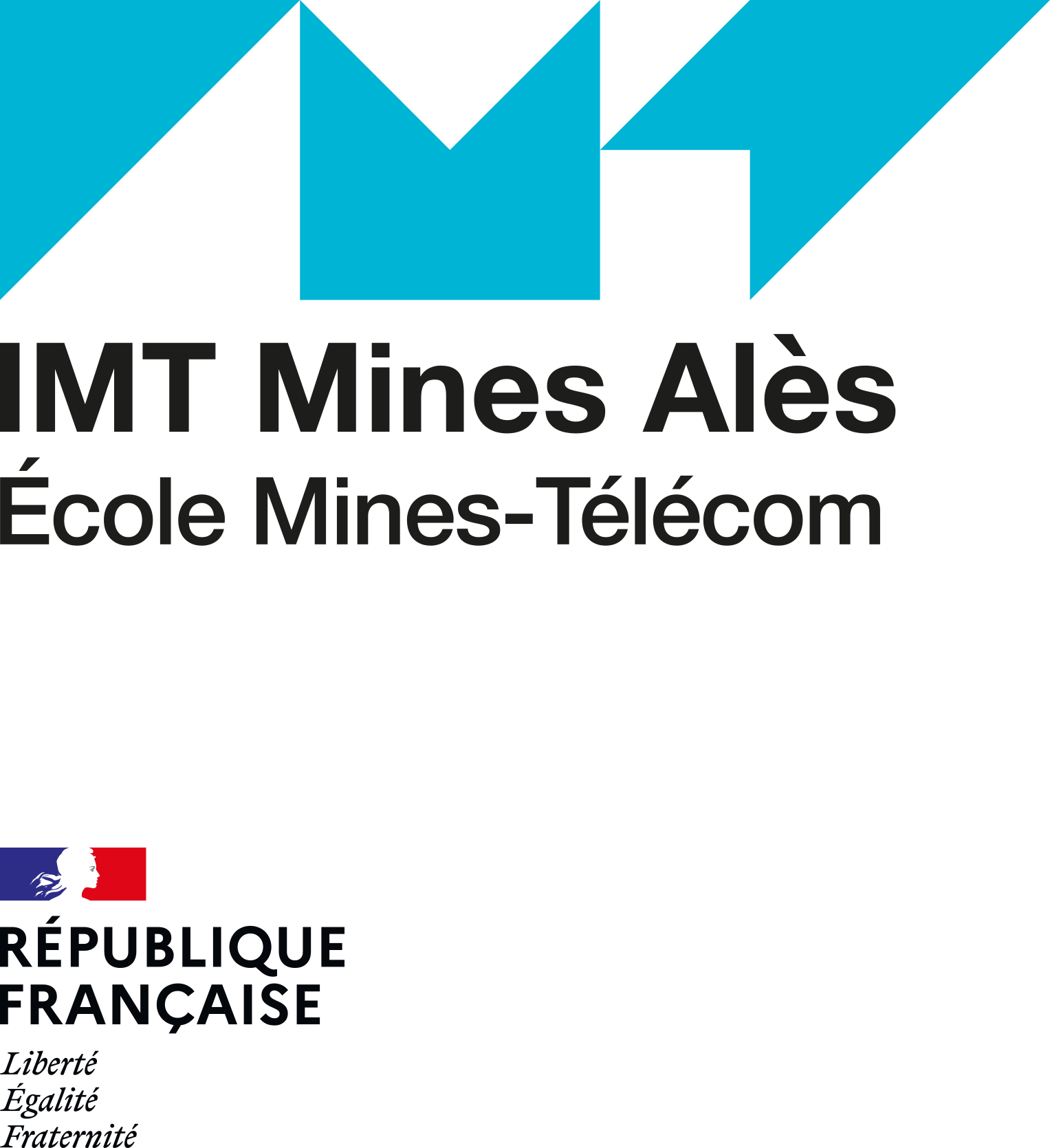Résumé de la thèse : Avec l'augmentation des flux de déchets, le tri industriel est devenu un enjeu majeur. Le principal défi consiste à minimiser les erreurs de tri afin d'éviter une dégradation importante de la qualité du produit recyclé final conduisant à une recyclabilité médiocre de matériaux de seconde vie. Dans cette thèse, nous disposons de données fournies par une technologie optique dans un contexte industriel (société Pellenc ST). Cette technologie est munie d'une caméra moyen infra-rouge capable de fournir des informations quel que soit la teinte des plastiques (les caméras précédentes n'étaient pas adaptées aux plastiques sombres et noirs). Cependant, même avec les technologies d'acquisition les plus récentes basées sur l'imagerie spectrale, la reconnaissance des plastiques reste une tâche difficile pour certains types de plastique.
En effet, la présence, d’une part de l'incertitude sur la nature du matériau liée à des variabilités des mesures comme le vieillissement des plastiques, l’hygroscopie de surface, l’addition d‘anti-UV opacifiants (noirs de carbone), etc. associée à la présence, d’autre part, d’imprécision due à l’incomplétude de l’information, i.e. absence de certaines caractéristiques, font obstacle à l’utilisation des algorithmes classiques de classification.
Au-delà de l’étape de reconnaissance, le projet s’intéresse à la phase de tri : dans quel bac le fragment doit-il être envoyé compte tenu de l’information imprécise et incertaine sur la nature de ce fragment de plastique d'une part, des objectifs et des contraintes du processus de tri d'autre part.
Par ailleurs, des seuils d’impuretés sont fixés pour chaque bac.
Dans ce travail de thèse nous proposons une approche de tri adaptée aux données imparfaites comme celles obtenues dans le contexte industriel de la société Pellenc ST. L’approche proposée se compose de deux phases : une phase de classification et une phase de tri. Pour la phase de classification, nous avons proposé un algorithme de classification prudente dans le cadre des fonctions de croyance basée sur : 1) une re-labellisation partielle automatique des exemples d’apprentissage "difficiles", 2) la construction d’une fonction de masse comme information sur le type de plastique et 3) une règle de décision où le décideur pourrait introduire ses contraintes de prudence et de précision. Concernant la phase de tri, nous avons posé un problème d’optimisation dans le cadre des fonctions de croyance pour choisir le bac approprié pour un fragment donné. Ce problème consiste à minimiser la quantité de fragments rejetés (perdus pour le recyclage), maximiser le gain, i.e., pureté des plastiques chers, tout en respectant des contraintes sur les proportions d’impuretés. Les expérimentations que nous avons menées sur le tri de plastiques montrent le gain en qualité de produit recyclé que notre approche prudente apporte en comparaison d'approches déterministes ou probabilistes.
Abstract : With the increase in waste flows, industrial sorting has become a major issue. The main challenge is to minimise sorting errors in order to avoid a significant degradation in the quality of the final recycled product leading to poor recyclability of second life materials. In this thesis, we have data provided by an optical technology in an industrial context (Pellenc ST company). This technology is equipped with a medium infra-red camera capable of providing information regardless of the colour of the plastics (previous cameras were not suitable for dark and black plastics). However, even with the most recent acquisition technologies based on spectral imaging, plastic recognition remains a difficult task for certain types of plastic.
Indeed, the presence, on the one hand, of uncertainty about the nature of the material due to measurement variabilities such as the ageing of plastics, surface hygroscopy, the addition of anti-UV opacifiers (carbon blacks), etc. associated with the presence, on the other hand, of imprecision due to incomplete information, i.e. the absence of certain characteristics, hamper the use of classic classification algorithms.
Beyond the recognition stage, the project focuses on the sorting phase: to which container should the fragment be sent given the imprecise and uncertain information on the nature of this plastic fragment on the one hand, and the objectives and constraints of the sorting process on the other hand.
In addition, impurity thresholds are set for each container.
In this thesis we propose a sorting approach adapted to imperfect data such as those obtained in the industrial context of the Pellenc ST company. The proposed approach consists of two phases: a classification phase and a sorting phase. For the classification phase, we proposed a conservative classification algorithm in the framework of belief functions based on : 1) an automatic partial re-labelling of "difficult" learning examples, 2) the construction of a mass function as information on the type of plastic and 3) a decision rule where the decision maker could introduce his constraints of prudence and precision. Concerning the sorting phase, we posed an optimisation problem in the framework of belief functions to choose the appropriate container for a given fragment. This problem consists in minimizing the quantity of rejected fragments (lost for recycling), maximizing the gain, i.e., purity of expensive plastics, while respecting constraints on the proportions of impurities. The experiments we have conducted on plastics sorting show the gain in quality of the recycled product that our conservative approach provides compared to deterministic or probabilistic approaches.


